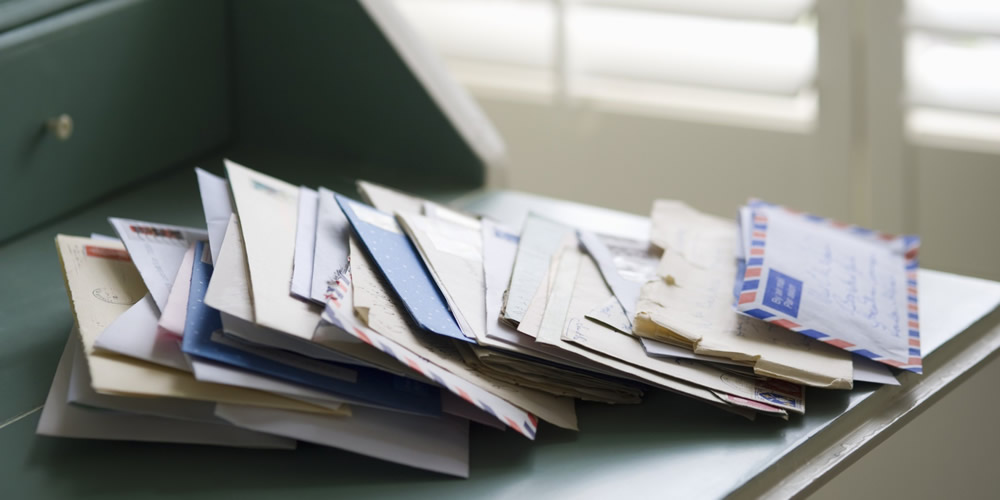What is spam?
Spam is all mails you have not requested and which, generally, has an unknown sender. Their main goals is to promote a website or a product. Spam is also known as junk mail.
Spam is one of the most common and old problems faced by electronic media and in the world of Internet.
Taking precautions to minimize the amount of spam that you receive is important, not only because it is annoying, but also because it your computer and even your online identity are in danger.
Most common characteristics of spam
- The message has been sent by a company or person who is not related to you.
- Its content is inappropriate, false, offensive or illegal.
- The sender direction does not exist.
- The names of the products advertised are slightly changed.
For what purpose all these emails are sent?
The intentions of the spammers (individuals or companies who send spam) can vary. One of the most usual options is seeking for promotion for their products, another option is looking to turn your computer into part of the network by sending spam.
A third option is to obtain your financial information and get your credit card numbers and bank accounts. This crime is also known as phishing.
Six recommendations to avoid spam
- Keep active the spam filters. The best-known mail clients, such as Mail for Windows 10, Microsoft Outlook, Thunderbird, Mail (for Mac) and Evolution (Linux), have a very advanced antispam control. The same control is applied to other online email web client, such as Maile, Outlook (formerly Hotmail), Yahoo, Gmail, among others. Make sure you keep your filters activated and indicate manually which unwanted mail you consider the filter did not identify.
- Do not make public your email address. This may be difficult to meet, especially if it is an e-mail from your job or if you are a part of some forums, blogs, etc. The spammers use robots to automatically identify email addresses that are published as plain text in the code HTML pages, hence it is advisable to publish email addresses in image format (you can find online tools for that image, as page GenerateIt.net).
- Never respond to spam. By doing so you confirm your address is real.
- Beware of email with images. When you open some spam emails with images, they will be loaded on your computer and the spammer will be notified of that. Hence the antispam control do not open suspicious images unless you explicitly to do it. Make sure you know who the sender is before downloading the images.
- Avoid exposing the email addresses of your contacts. If you want to send an email to several contacts, you should use hidden addresses using the box BCC and addresses will be not visible in the event in case one of your contacts is already infected by a virus or phishing.
- Leagues to deregister could be a trap, avoid them! It is common for spammers put at the end of the email a link that apparently let you to stop receiving these emails. That link could be aimed to confirm that your email is real. Unless you have subscribed to the page that sent you the mail, in that case is certain to click on that link.
